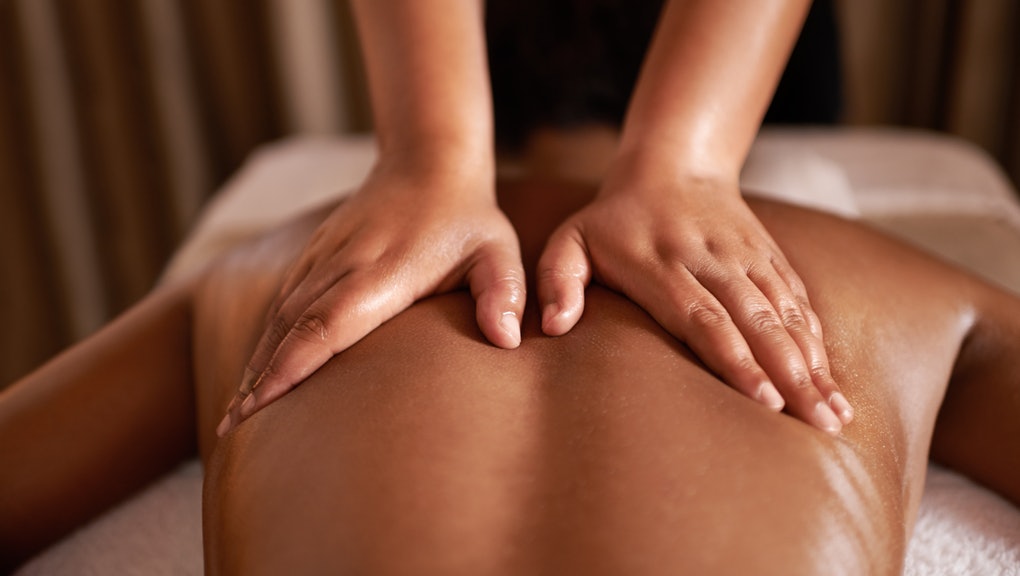
Is stress a part of your daily routine?
Studies show that 8 out of 10 Americans struggle with chronic stress. If you’re living in a state of stress, you already know how debilitating it can be. Tight muscles, sleepless nights, and difficulty finding joy are just a few of the tolls stress can take.
Thankfully, with the help of massage therapy, you’re able to give your mind and body a chance to reset. In a matter of minutes, a quality massage can take you from feeling bad to feeling phenomenal!
Why do massages feel so good, and how can they combat stress? For those who want to understand the miracle of massage, we’ve got you covered.
Read on to find out the truth about how massages affect your mind and body.
Why Do Massages Feel so Good?
Where’s your mind at right now? Chances are it’s split up, trying to solve different problems and tasks to complete your day.
While multi-tasking is great for productivity, you must give yourself a chance to reset your mind. That’s where awareness shifts come in.
To answer the question, “why do massages feel so good?”, you have to understand how your awareness operates.
Awareness Shift
Picture it. You’re settling in on the massage table, and lying completely still. After a few minutes, you begin to notice the rhythm of your breath.
As you inhale and exhale, the thoughts in your mind begin to quiet themselves. Before you know it, you’re simply observing, and letting your thoughts flow through you like a river. This state of mindfulness is also known as an awareness shift, and it’s a common side effect of getting a massage.
When you’re in a mindful state of being, you’re able to bring all of your attention to the present moment as you boost your body awareness. Instead of reacting, you can detach your feelings, and become a peaceful observer.
Feel-Good Chemicals
Today, the medical world is beginning to view massages as more than just complimentary services. Instead, massages are becoming a part of integrative medicine plans.
One of the reasons for the change is because of the pain-relieving powers of massage. When a massage therapist touches your body, your brain has an immediate reaction. Your skin nerve cells will respond to the pressure, and signal for your brain to release endorphins.
Endorphins are feel-good chemicals, that can naturally boost your mood while making you feel great. As the feel-good endorphins begin flooding your bloodstream, stress hormones disappear.
If you’re dealing with aches and pains, the endorphins will be able to act as a natural painkiller. To stop the pain from occurring in the first place, the endorphins will block pain signals from reaching your brain.
How Deep Tissue Massages Work
If you have specific pain areas you want to focus on, then we suggest you get a deep tissue massage. Deep tissue massages are powerful and feel good because they work on targeting the deeper layers of muscle.
Deep tissue massages are great at treating the following:
- Carpal tunnel
- Low back pain
- Shoulder pain
- Sciatica
- Headaches
- Muscle stiffness
- Posture problems
- Inflammation
- Limited range of motion
Deep tissue massages use a wide variety of strategies to help your muscles relax. The massage therapist will work to release trigger points, that may be causing pain within your body.
As the massage goes on, the masseuse will also be able to ease any tension, no matter where it’s at in your body. If you’ve never had a deep tissue massage before, it’s a great idea to prepare by asking questions. Ask the massage therapist exactly what you can expect, and what type of techniques they’ll be using during the massage.
Relax Nerves and Tissue
Do you know what fascia is? To truly understand how massages work, you have to understand how your body operates. Fascia refers to the strong connective tissues found throughout your entire body.
These tough tissues surround and permeate every muscle, nerve, bone, organ, and blood vessel. When you’re in a state of relaxation, the fascia is also relaxed, and almost wavy.
However, sometimes, you’re fascia you can become tense, and dehydrated. When this happens, you can experience muscle tension, pain, and strain throughout your entire body.
Luckily, some massages specifically work towards releasing tension. Myofascial release, or MFR massages, specifically work towards relaxing all of the tissues in your fascia.
Using gentle pressure, the massage therapist will begin to stretch your connective tissues. As a result, your pain levels will go down, as your body begins to restore itself.
Power of Cupping
When you get a massage, your blood flow increases and harmful toxins can release themselves from your body. One of the best ways to improve your blood flow is by getting a massage that uses cupping therapy.
Cupping therapy is an inverse form of massage therapy since it pulls your muscle tissues upwards. For a cupping therapy massage, the therapist will put suction pumps across your body. The suction creates vacuums on the skin as the cups pull out the air.
Once in place, the cups will gently pull your skin and muscles upwards. When your skin is in the cups, you’ll feel a tight sensation in the area that the cup is on.
Over time, your body will be able to increase its circulation, as well as pull toxins out of your body tissues. In addition to removing toxins, cupping therapy also increases your metabolism.
Feel Your Best
Why do massages feel so good? Now, you know the truth! It’s all about giving your body the tender care, and love it deserves.
We hope our article was able to teach you at least 1 new thing when it comes to massages. For more ways to look, and feel your best, we’d love to help. Go ahead and read another one of our articles today!